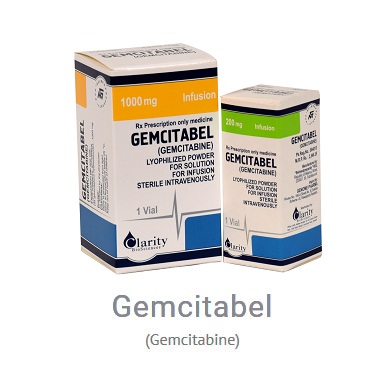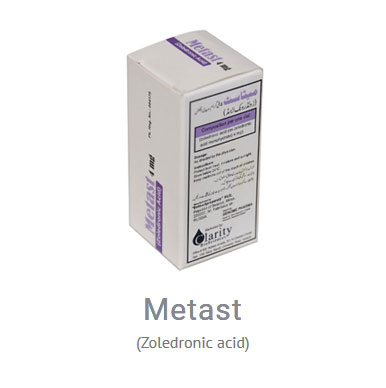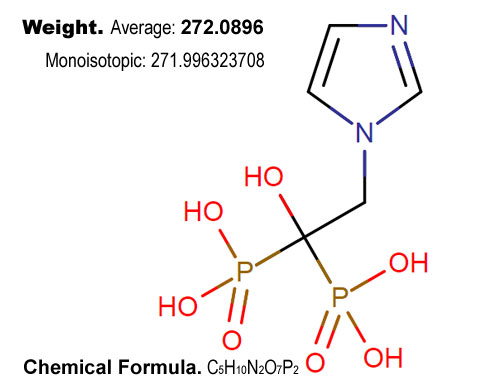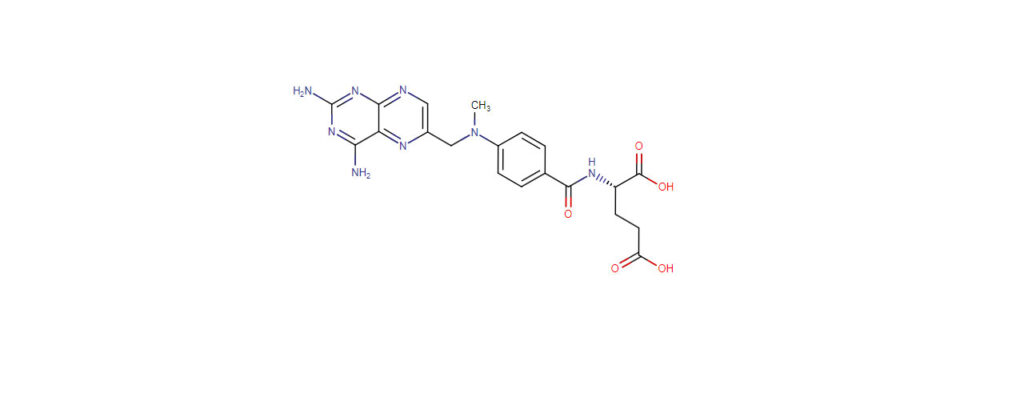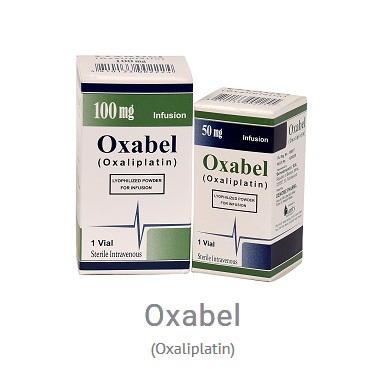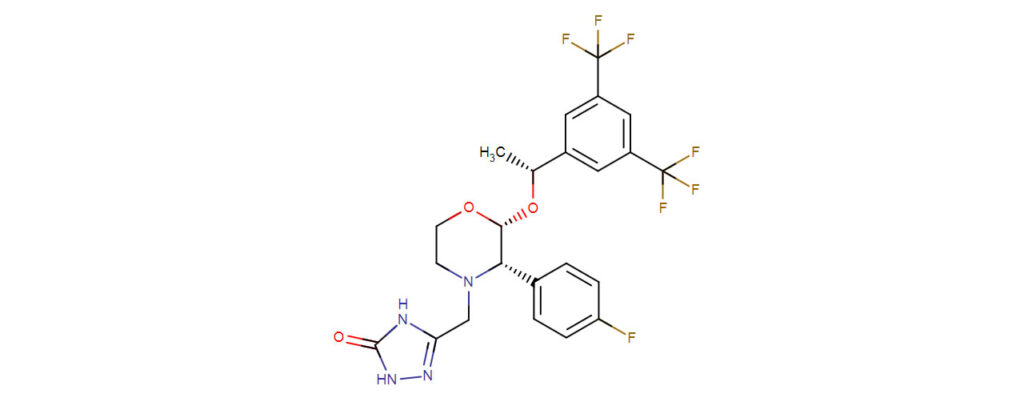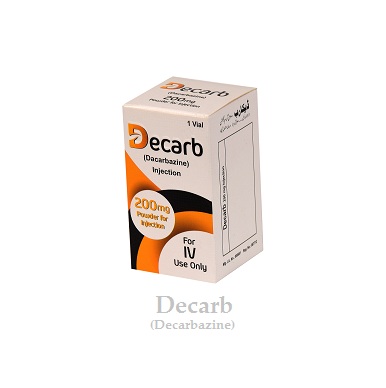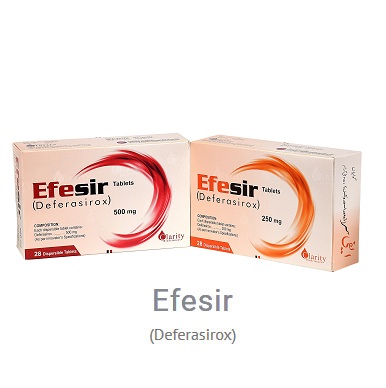
Efesir
(Deferasirox)
Composition:
Each dispersible tablet contains Deferasirox 250 mg and 500 mg.
ATC Code
V03AC03 — Deferasirox
Structure
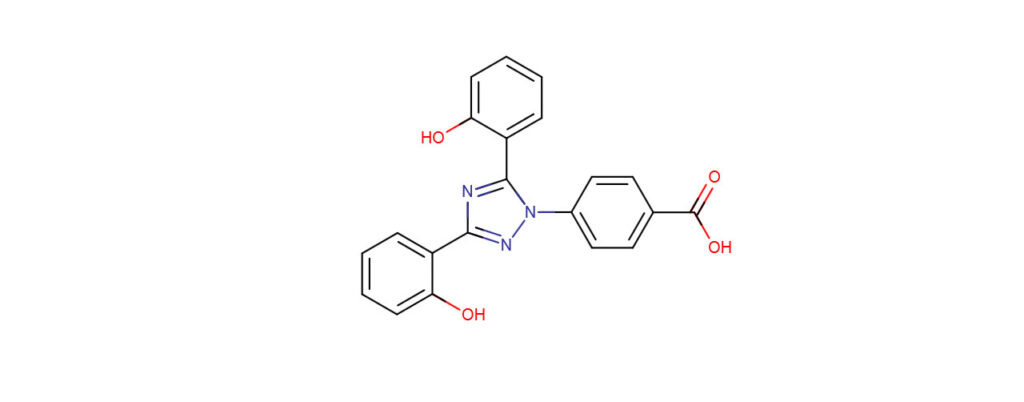
Description
Deferasirox is an iron chelator and the first oral medication FDA approved for chronic iron overload in patients receiving long term blood transfusions.
Introduction
For the treatment of chronic iron overload due to blood transfusions (transfusional hemosiderosis) in patients 2 years of age and older.
Indication
- For the treatment of chronic iron overload due to blood transfusions (transfusional hemosiderosis) in patients 2 years of age and older.
Associated Conditions
- Chronic Iron Overload
Pharmacodynamics
Deferasirox is an orally active chelator that is selective for iron (as Fe3+). It is a tridentate ligand that binds iron with high affinity in a 2:1 ratio. Although deferasirox has very low affinity for zinc and copper there are variable decreases in the serum concentration of these trace metals after the administration of deferasirox. The clinical significance of these decreases is uncertain.
Mechanism of Action
Two molecules of deferasirox are capable of binding to 1 atom of iron. Deferasirox works in treating iron toxicity by binding trivalent (ferric) iron (for which it has a strong affinity), forming a stable complex which is eliminated via the kidneys.

